-fluid, Fluidity
Fluid can be used as an afterylinder for gender identities and sexualities to express that the identity or sexuality is not fixed, but changes or may change. Examples are genderfluid for a person whose gender identity is changing, or acefluid for a person who sometimes identifies as asexual, but sometimes as something else.
*
The gender star (*) is a form of gender-equitable language in German that includes all genders e. g. Leser*innen, Kolleg*innen.
Agender
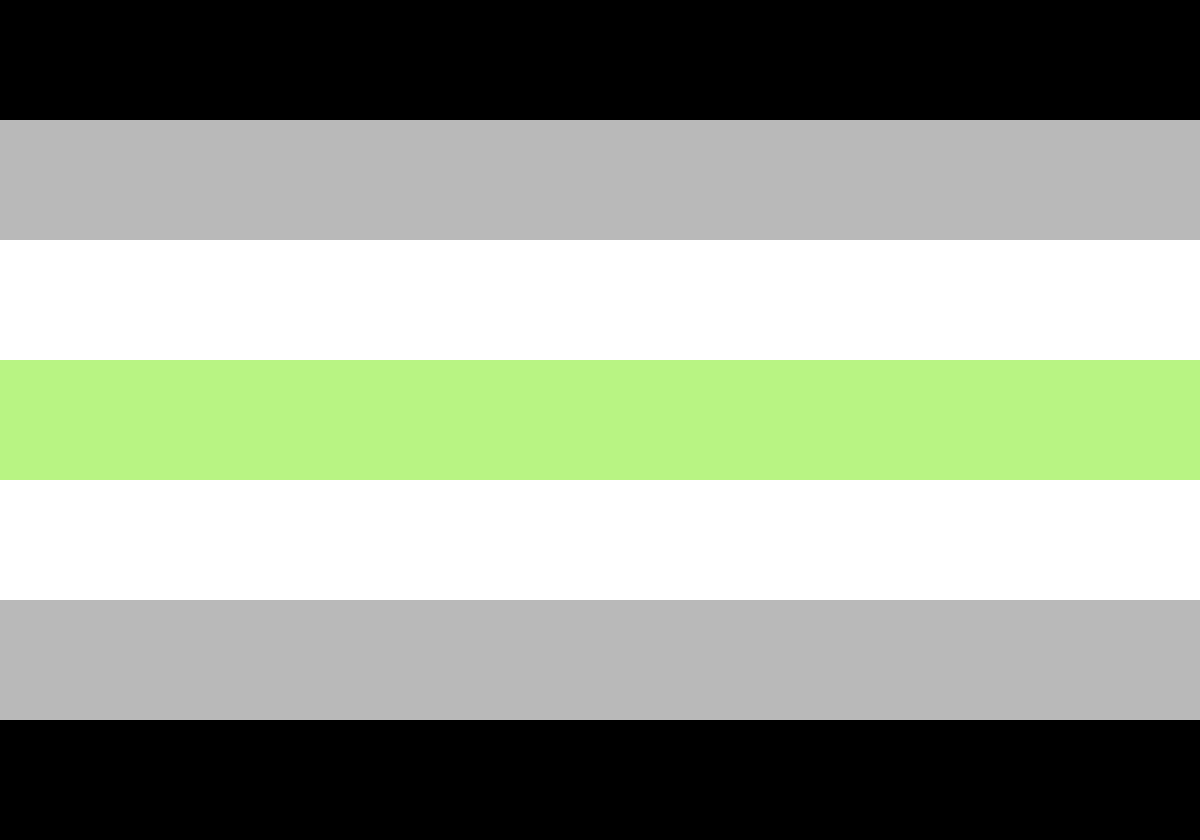
Agender is a gender identity in which a person does not feel that they belong to any gender or is not able to understand the concept of gender.
Ally
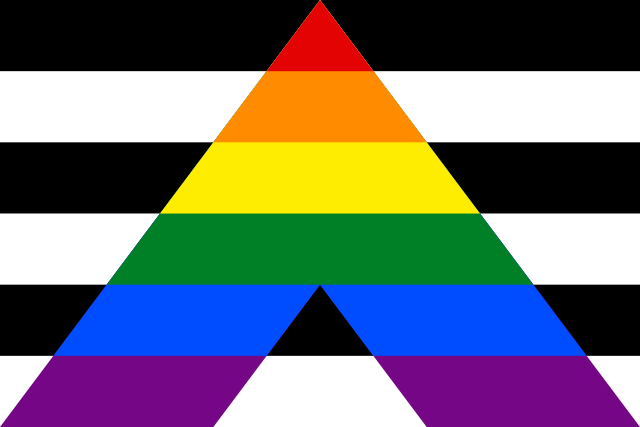
A person who is not a member of the community but actively supports it to end intolerance.
Androgynous

Androgynous refers to a gender presentation that has both male and female elements or moves in a spectrum between them. It is also sometimes used to describe a gender identity that is located between male and female.
Aromantic

A person who does not feel romantic attraction and/or is not interested in romantic relationships calls himself aromantic. This is not necessarily related to asexuality. The term Aro is an abbreviation for aromantic and is often used as a self-designation and umbrella term for the aromatic community.
Asexuality/asexual
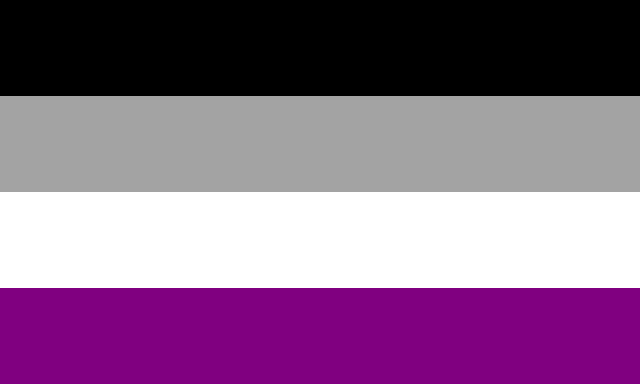
An asexual person has little or no sexual attraction to other people. Asexuality moves on a spectrum and does not mean that a person is celibate, firstly because celibacy is a free choice and not sexual orientation, and secondly because asexual people can have sex for various reasons. Asexuality does not necessarily have to do with aromatics. The term Ace is an abbreviation for asexual and is often used as a self-designation and umbrella term for the asexual community.
Gender binarity
Gender binarity refers to the Western social gender system, which allows only two options (and no intermediate steps), namely male and female.
Biphobia
Biphobia refers to discrimination against bisexual people, which is expressed by, for example, rejection, anger, intolerance, prejudice, discomfort or violence. This applies to both bisexual people and people who are perceived to be bisexual.
Bisexuality/bisexual
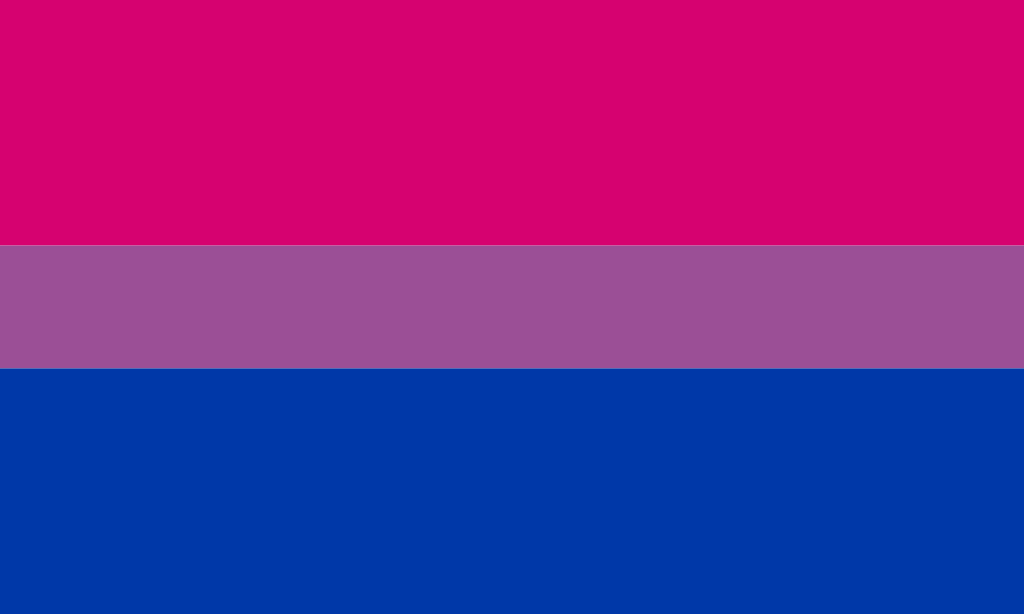
A bisexual person is romantically and/or sexually attracted to people of two or more genders. However, definitions of bisexuality are very different and controversial.
Cis woman
A Cis woman is a person who has been assigned to the female sex at birth and who also identifies as a woman.
Cis man
A Cis man is a person who has been assigned to the male sex at birth and who also identifies as a man.
Cis, Cisgender
The prefix “cis” is used to express that a person identifies with the sex to which the person was assigned at birth on the basis of the genitals. “Cis” is thus the counterpart to “Trans”
Coming Out
Coming Out describes the process in which a person becomes aware of their gender and/or sexual orientation (inner coming out) and begins to talk about it with others (outer coming out). Above all, the outer coming out is a lifelong process.
Dead name
A dead name is a discarded, old name, which was usually given at birth. Especially for trans* People who have given themselves a new name can be extremely hurtful to address them with their dead name.
Drag King

A drag king performs (exaggerated) masculinity in the context of a show, a performance or the like. Drag kings are often Cis women and should not be confused with trans*men.
Drag Queen

A drag queen performs (exaggerated) feminity in the context of a show, a performance or the like. Drag queens are often Cis men and should not be confused with trans*women.
Third Gender
There is no such thing as a “third sex”, but some people use this term for their gender identity, which lies between male and female. A movement in Germany calls for a third gender entry in official documents for non-binary and inter* persons.
Dysphoria
Dysphoria is mainly experienced by non-binary and trans people. Dysphoria is a feeling of physical or social discomfort. Some non-binary or trans people experience dysphoria when their environment perceives them in a wrong gender, or when their own ideas of their gender do not match their own appearance, behavior, or being. It is important to know that your own dissatisfaction also has to do with the pressures and expectations of society. Many trans people and some non-binary people take measures such as hormone therapy and/or surgery to adapt their bodies to this perception.
FLINT
FLINT is an abbreviation to express who is welcome in certain rooms or at certain events. It stands for women, inter people, non-binary people and trans People.
FLINTA
FLINTA is an abbreviation to express who is welcome in certain rooms or at certain events. It stands for women, inter people, non-binary people, trans people and agender people.
Gender
Gender describes the socially constructed gender on a scientific level and the gender identity of a person on an activist and personal level. Gender identity here means the personal perception of one’s own gender and one’s own gender role. Within society, gender is the concept by which we classify different ideas such as social status, gender representation, role in society, life planning and sexuality into the categories of masculinity and femininity.
Gender-Identity
The gender identity of a person refers to the gender with which a person identifies himself or herself. A person’s gender identity does not have to match the gender to which he or she was assigned at birth.
Gender presentation
Gender presentation refers to the external representation of a person’s gender, for example by dress, gesture or behaviour. In Western society, all gender representation is perceived as either male or female. However, there are also deviations such as androgynous gender presentation.
Heteronormativity
In a heteronormative society, all people are expected to be dya-cissexual and heterosexual. It is therefore assumed that each person has only one of two sexes, either male or female, and that this sex can be read at birth on the genitals. It is also assumed that these sexes are fundamentally different and relate sexually and romantically to each other. Deviations from this, e. g. queer and polyamous relationships as well as trans* People are made invisible and/or discriminated against.
Heterosexuality/heterosexual
Heterosexual are people who are sexually attracted to people of a different gender. This sexual orientation is considered the norm in our society.
Homophobia
Homophobia refers to discrimination against bisexual people, which manifested itself in, for example, rejection, anger, intolerance, prejudice, discomfort or violence. This applies both to homosexual people and to people who are perceived to be homosexual.
Homosexuality/homosexual
Homosexuality refers to the sexual orientation in which people are attracted to their own or a similar gender. Homosexual Men are called gay, homosexual women are called lesbians.
IDAHOBIT
Inter, Intersex
Inter people are people whose physical sex (for example, genitals or chromosomes) cannot be assigned to the medical norm of “unique” male or female bodies, but move in a spectrum between them. To this day, Inter children are re-operated after diagnosis to a gender (mostly the female) with some significant health limitations and psychological problems.
Sex
A person’s physical sex is a social or cultural construct in which different parts of the body, such as genitals, hormones and chromosomes, are attributed a sex. For example, in our society, a penis is seen as a code for masculinity. “Construction” means that there is no natural physical sex, but our society has created it, for example by expecting all women to have ovaries. However, this idea is erroneous and discriminatory, e. g. for inter* People whose bodies do not fit into the two-sex system. In addition, body characteristics say nothing about the gender with which a person identifies. For example, there may also be men who have breasts and a vagina.
Label
A label is a term that people use to describe their sexuality and/or gender identity e.g. lesbian, gay, bisexual, a_sexual, trans*, inter*, nonbinary and queer. The idea of labels is that people have a common language with which they can share their feelings and experiences with gender and sexuality. According to this, labels are good and meaningful when people can determine them for themselves, but not when they are involuntarily imposed on others.
Monogamy
Monogamy means “one-marriage” and describes a person being married to only one person at a time.
Non-binary
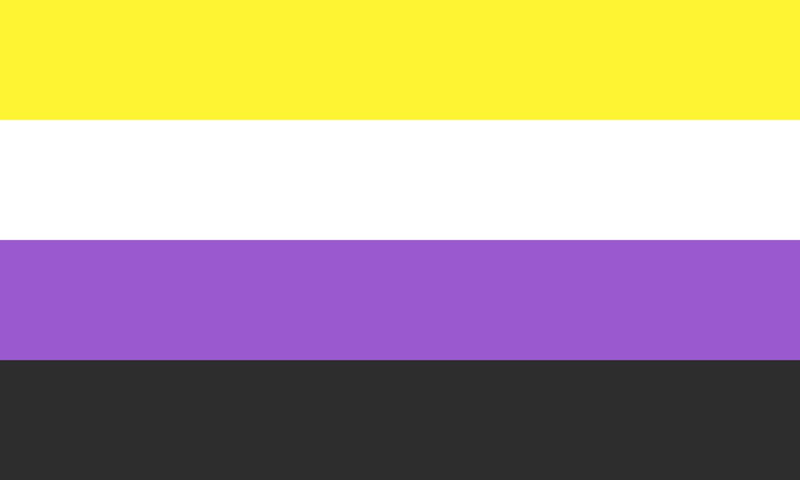
Pansexuality/pansexual
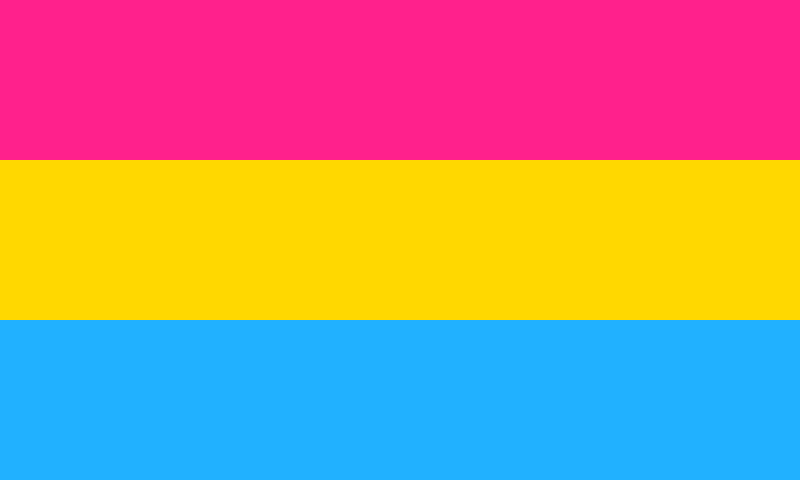
Pansexual people are physically/sexually attracted to people of all genders and/or their sexual attraction is not based on the gender of the other person.
Passing
Passing means that a person is read or recognized as the gender that they want to be read or recognized as. This term is particularly important in the context of transgender.
Polyamory
Polyamorous people fall in love with more than one person at a time and may have romantic and/or sexual relationships with more than one person. It is important that all relationship and/or sexual partners know about this arrangement and agree to it.
Polygamy
Polygamy means “many marriage” and refers to a form of marriage in which more than two people are married. It is usually about a person who has several spouses, and not about a group of people who are all married to each other.
Queer
Queer has long been a swear word, especially to gay men. Today, however, the term is mostly used positively as a self-denomination, especially by people who see their identity as “outside the social norm. ” In addition, queer can be used as an umbrella term for people who do not fit into the romantic, sexual and/or gender norms of society.
Rainbow family
A rainbow family is a family in which one or more parents are not heterosexual and/or cis gender.
Sexual Orientation
A person’s sexual orientation describes which gender (s) a person is emotionally, physically and/or sexually attracted to, regardless of sexual practice and sexual preference.
Trans
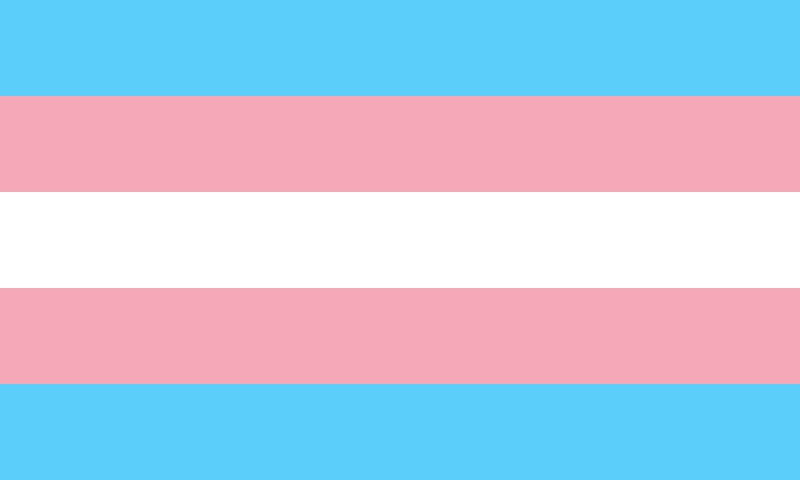
Trans is an umbrella term for transsexual, transident and transgender people, i. e. all people who do not identify with the sex to which they were assigned at birth.
Trans woman

Trans woman refers to people who were assigned male at birth, but who identify themselves as female or more female.
Trans man

Trans man refers to people who were assigned female at birth, but who identify themselves as male or more male.
Transphobia
Transphobia refers to discrimination against transpeople, which is expressed by e. g. rejection, anger, intolerance, prejudice, discomfort or violence. This applies to both transpeople and people who are perceived as trans.
Transgender

Transgender is an umbrella term for all people who do not identify with the sex to which they were assigned at birth. Gender identity is not limited to the positions of “male” and “female”, but is seen as an infinite spectrum.
© Queer Lexikon: https://queer-lexikon.net